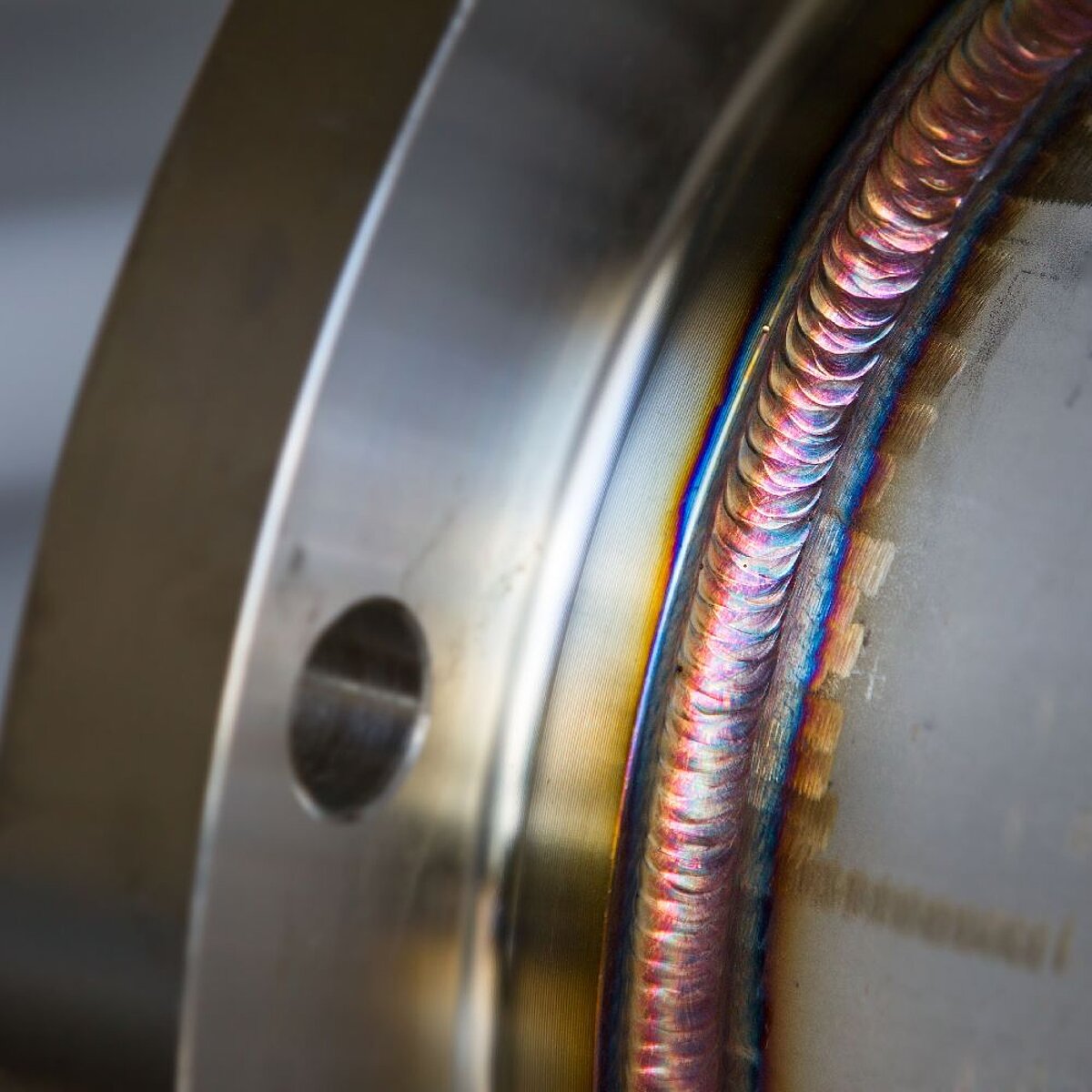The material conversion provides comprehensive information essential for the optimization of the process (cooling method, heat source intensity, etc.) as well as the treated parts (geometry, materials, etc.).
Material conversion


Benefit of material conversion
The simulation of physical phenomena involved in different manufacturing processes provide information about:
- the evolution of metallurgical structures in time
- residual stresses and strains, depending on the temperature field and on the distribution of the different metallurgical phases
- diffusion (hydrogen, carbon, nitrogen, etc.) within the structure
Advantages of material conversion
When simulating a material transformation, process-specific statements can be made about:
- Determination of the thermal and metallurgical effects during welding, hardening and casting
- residual stresses in welds
- Distortion during welding and hardening
- Surface treatment
When hardening components by quenching in a fluid (water, oil or gas), residual stresses occur due to metallurgical effects. This affects tolerances and service life. Surface treatment (laser, electron beam, etc.) can cause compressive stresses that increase the fatigue resistance life of the component. In this case, embrittlement zones can occur and negatively affect the service life.
Mechanical properties are significantly changed during welding (spot, electron beam, laser beam, coated electrode, TIG, etc.). This leads to the appearance of heterogeneous multiphase zones (liquid zone, thermally altered zone, etc.), which may be accompanied by embrittlement (presence of hydrogen).
Possibilities and limits
According to the current state of the art, simulations are still very complex and expensive and thus not very economical. The focus is currently still on scientific applications or safety-relevant tasks from nuclear energy (repair welding on reactor blocks).
Simplified procedures make it possible to make global statements on the distortion of welded components and on the optimization of the welding sequence.
Fields of application of material conversion
Automotive industry
- Sheet metal production
- Heat treatment of mechanical components
- gears, crankshafts, connecting rods, etc.
Steel industry
- Quenching
- Melt hardening
- Heat treatment of sheet metal products
Power plant technology
- Welding of pipe systems
- Container
Railway vehicle industry
- Hardening of wheels (railroad rolling stock)
- Heat treatment of bearings, etc.
Research centers
- metallurgical phenomena
- residual stresses in welds
- process improvement
- studies of new technologies, etc.
Keywords
- Dilatometer curve
- Residual stresses
- Casting
- Hardening
- Hot cracking
- Material transformation
- Metallurgy
- Phase transformation
- Repair welding
- Welding
- Welding seam
- Simulation
- ZTU diagram